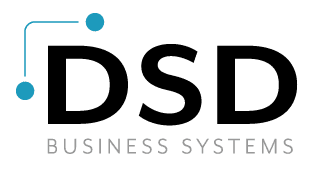Five Effective Practices for Efficient Time & Labor Management
Time and labor management are critical for any business to track employee attendance, their work hours, and to process the company’s expenses on them accurately.
Effective time and labor management also involves scheduling and reporting on the labor force and compliance with numerous workplace laws and regulations. It also records days off and leaves of absence.
Historically speaking, most organizations resorted to manual time tracking and attendance keeping, which led to error rates ranging from 1 to 8 percent.
Correcting such errors required considerable amounts of effort and time, which ultimately and inevitably resulted in productivity losses. The following are the most effective and time-tested practices for efficient time and labor management.
- Limiting Overtime: Undoubtedly a great way to achieve better time and labor By placing stringent restrictions on overtime, overhead costs can be reduced substantially. The thumb rule is to restrict the overtime to a maximum of five percent of the total number of hours the employee has worked.
- Integrating Time and Labor Management Systems: Partially or fully automated TLM systems help eliminate the problems of redundant data entry, errors and The greatest advantage of using such systems is they streamline HR departments and make them more efficient.
- Reducing Planned Absences: Planned absences need to be limited if they are in excess of 10 percent of total hours worked by an employee. If this isn’t done, it becomes quite challenging to operate without overtime.
- Changing Leaves of Absence: It is also for the higher management and the HR department to make strategies to change leaves of absence, which are in excess of 10 percent of the total hours worked by an employee.
- Using Advanced Analytics: It is for the company’s management to make full use of some advanced analytics features that TLM systems offer to avoid productivity loss resulting from errors, judiciously manage labor costs, provide crucial data on resource requirements, prevent time theft is employees provide proxies or clock in for their colleagues and to be ACA regulations compliant.
The five practices mentioned above are crucial because labor is usually one of the biggest corporate expenses that most companies incur. Thus, any system providing information on areas where costs can be cut is definitely worth investing in.
Once the real importance of proper time and labor management is understood, the proper tool must be selected and implemented to get the best results.








